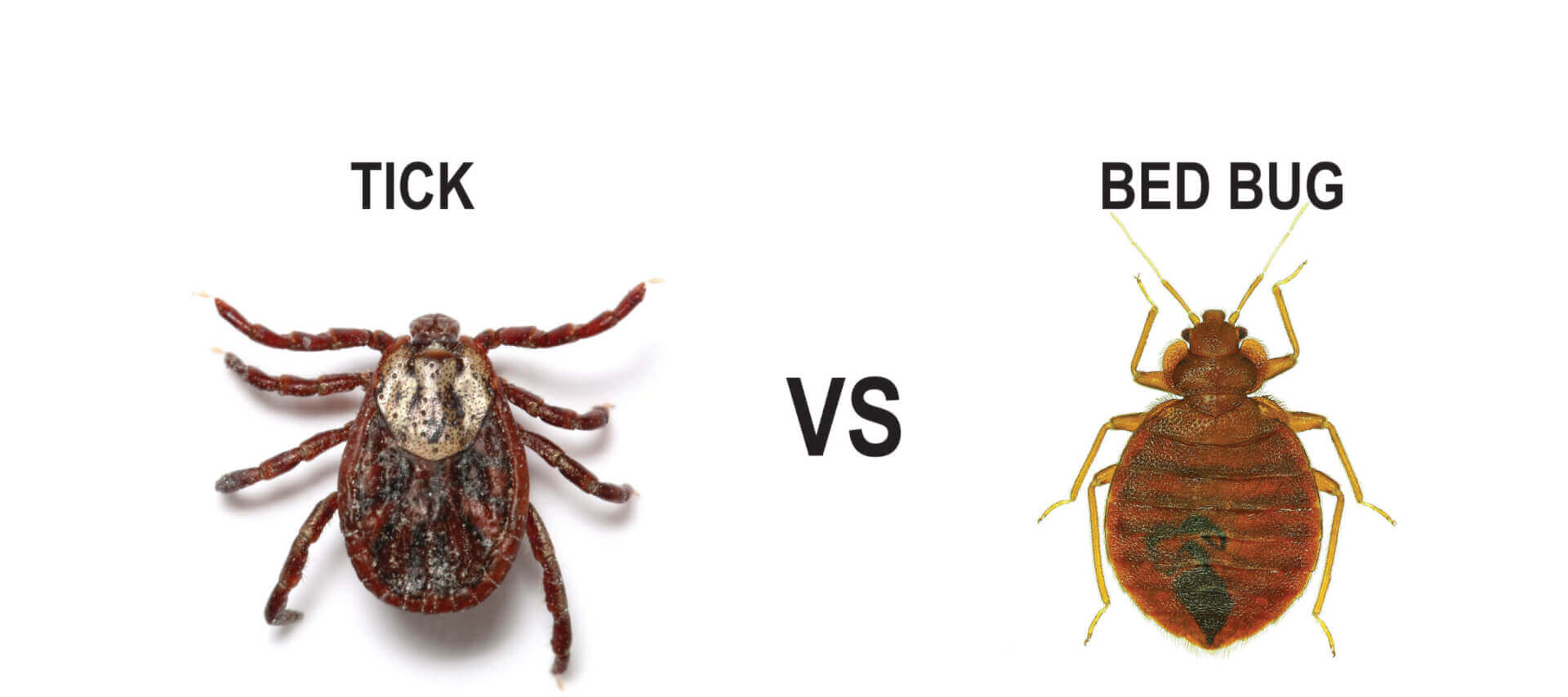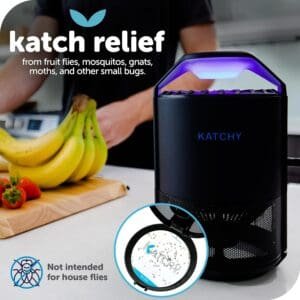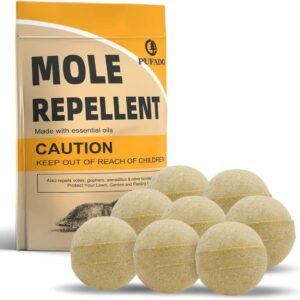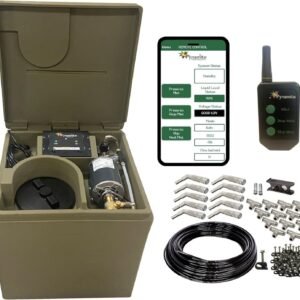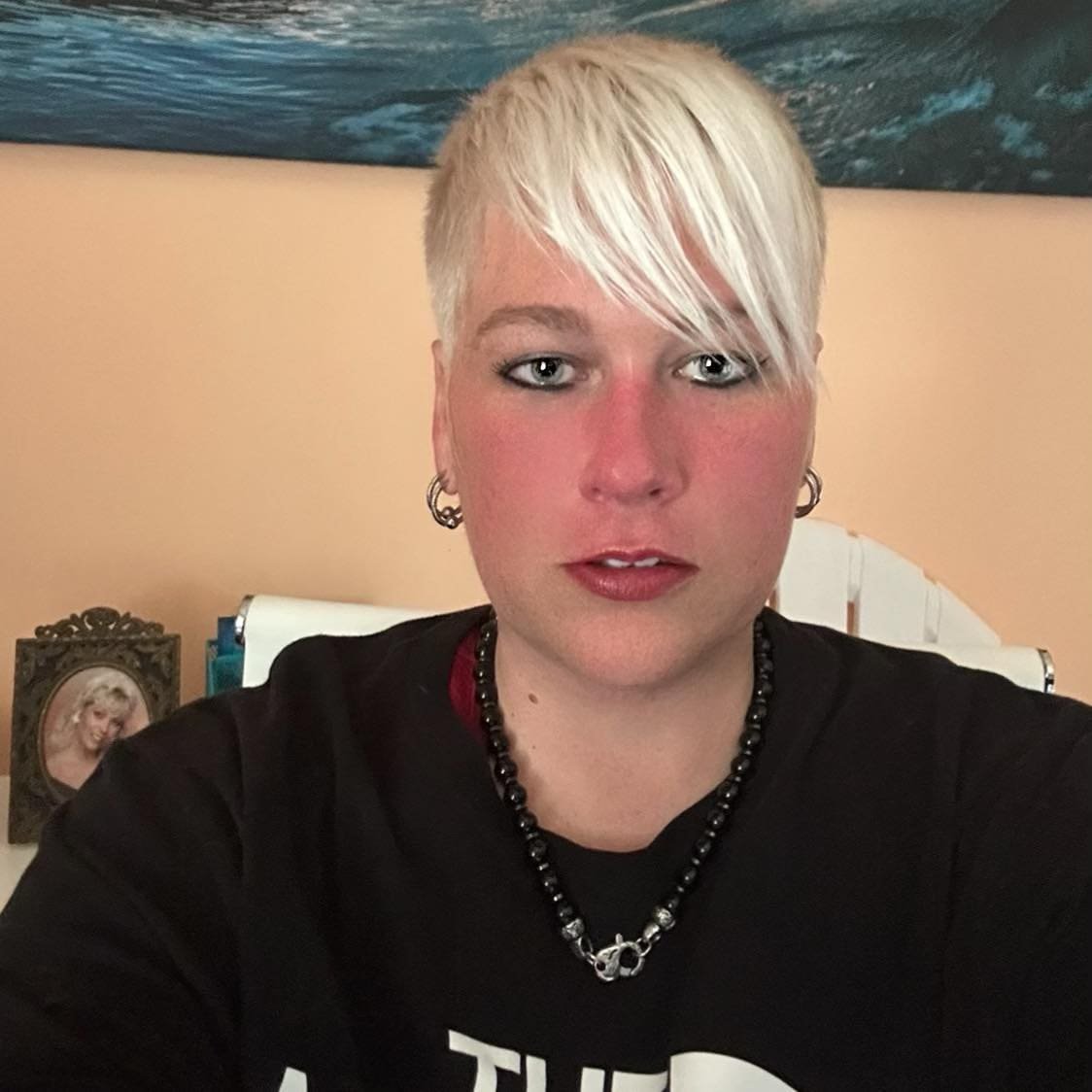Bugs That Look Like Bedbugs
Have you ever had that moment of panic where you see a bug in your bed and immediately suspect it’s a bedbug? It’s a common fear, but not all bugs that look like bedbugs are actually bedbugs. In this article, we’ll take a closer look at some common bugs that resemble bedbugs and learn how to identify them, so you can put your mind at ease and sleep peacefully.
Overview
Bedbugs are small insects that are notorious for infesting bedding and causing discomfort to humans. However, there are several other bugs that closely resemble bedbugs and can often be mistaken for them. In this comprehensive article, we will discuss the identification of bedbugs and provide detailed information about similar bugs, including their appearance, habitat, and behavior.
Identification of bedbugs
Bedbugs are tiny insects that are about the size of an apple seed. They have flat, oval-shaped bodies and are reddish-brown in color. One unique characteristic of bedbugs is their ability to feed on human blood, which they acquire by biting their hosts. These bites often result in itchy, red welts on the skin. Bedbugs are elusive creatures that are expert at hiding in crevices and cracks, making them difficult to spot.
Similar bugs that are often mistaken for bedbugs
While bedbugs have distinct characteristics, other bugs can easily be mistaken for them due to their similar appearances. Let’s explore some of these bugs in detail:
Carpet Beetles
Carpet beetles are small insects that are often confused with bedbugs due to their similar size and brown color. However, there are some noticeable differences between the two. Carpet beetles have a more rounded shape compared to the flat body of bedbugs. They can also vary in color, ranging from black to a mottled pattern with white, yellow, and orange scales on their bodies. Unlike bedbugs, carpet beetles do not feed on blood but instead are attracted to natural fibers found in carpets, rugs, and upholstery.
Booklice
Booklice, also known as psocids, are another bug species that can be mistaken for bedbugs. They are tiny, soft-bodied insects with pale colors, ranging from white to light brown. Booklice are commonly found in warm and humid environments, such as libraries, where they feed on molds, fungi, and other organic matter. Unlike bedbugs, booklice do not bite humans and are harmless pests that are more annoying than harmful.
Cockroach Nymphs
Cockroach nymphs bear a striking resemblance to bedbugs in their early stages of development. These nymphs are smaller in size and have a similar reddish-brown color. However, upon closer inspection, you can distinguish them from bedbugs by their elongated bodies and long antennae. Cockroach nymphs are typically found in dark and damp places, such as kitchen cabinets and bathrooms. Unlike bedbugs, cockroach nymphs are not blood feeders and are primarily scavengers.
Spider Beetles
Spider beetles, as the name suggests, resemble tiny spiders with their oval-shaped bodies and long legs. They are often misidentified as bedbugs due to their reddish-brown coloration. However, spider beetles have a distinctive feature – a humpbacked appearance. These beetles are commonly found in stored food products, such as grains, cereals, and dried fruits. Unlike bedbugs, spider beetles do not bite and are more of a nuisance in the kitchen rather than a threat to human health.
Bat Bugs
Bat bugs are notorious for being mistaken as bedbugs, primarily because they are closely related. In fact, their appearance is almost identical to bedbugs. Bat bugs are slightly smaller and have longer hairs on their bodies, which helps them cling to their bat hosts. These bugs feed on the blood of bats but can also bite humans when bats are unavailable. Therefore, if you discover bat bugs in your home, it may be an indication of a bat infestation nearby.
Swallow Bugs
Swallow bugs are another species that closely resemble bedbugs due to their similar size and appearance. These bugs are commonly found in nests of birds, such as swallows, and feed on the blood of these avian hosts. They can occasionally bite humans if they are in close proximity to bird nests. Swallow bugs have a flattened body like bedbugs but can be distinguished by their longer legs and narrower heads.
Flea Beetles
Flea beetles are small, jumping insects that resemble bedbugs in size and color. They are typically black or dark brown and have a flattened body shape. Flea beetles are primarily plant pests, feeding on various types of plants and causing damage to leaves. Unlike bedbugs, flea beetles do not bite humans and are not associated with indoor infestations. However, they can invade gardens and become a nuisance for gardeners.
Black Carpet Beetles
Black carpet beetles can often be mistaken for bedbugs due to their similar size and color. These beetles have a rounded shape and are usually black or dark brown. However, they have distinctive patterns of yellow and white scales on their bodies. Black carpet beetles are commonly found in homes and feed on natural fibers, such as carpets, clothing, and upholstery. Unlike bedbugs, black carpet beetles do not bite humans but can cause damage to household items.
Conclusion
Although bedbugs are a common household pest, there are several other bugs that closely resemble them. It is important to accurately identify these bugs to determine the appropriate course of action. By understanding their appearance, habitat, and behavior, you can effectively differentiate between bedbugs and their look-alikes, ensuring proper pest control measures are taken. Remember, if you suspect a bedbug infestation or encounter any unfamiliar bug, it is best to consult a professional pest control service for proper identification and eradication.


